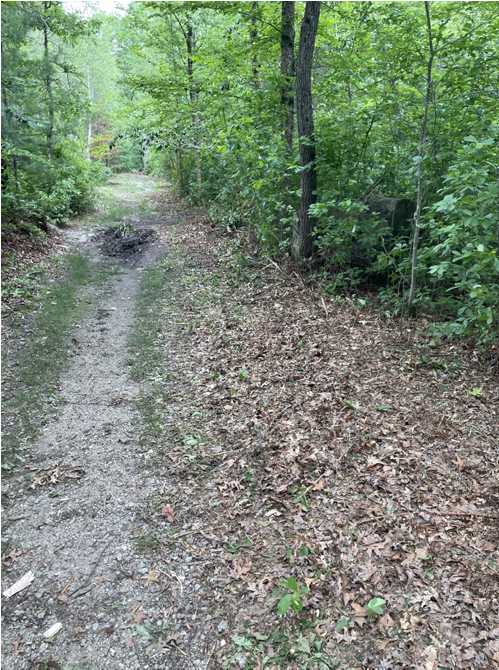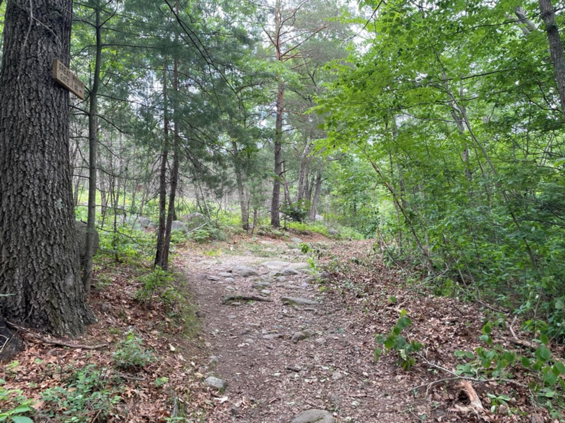The Challenge
Over the past century, average New England temperatures have warmed nearly 2.4°F. Winter temperatures have increased the most as the average winter temperature is now 3.5 °F warmer than in the early 1900s. All global climate models project that temperatures will continue to increase. Model projections suggest an increase in average temperature over the next century by 2 to 8 °F in each of the four seasons. It is expected that, as a result of higher temperatures and changing precipitation patterns, there will be more frequent storms, droughts, and wildfires. The wildfire season is also expected to lengthen, and wildfires are expected to occur more frequently.
In Recent years Massachusetts has experienced flash droughts that have caused fires that are difficult to extinguish, these drought fires can burn deep into the organic layer emitting smoke to days or weeks, and challenge fire fighters by working day after day in hot conditions.
These changes have resulted in increased risk to the public from smoke and damage to structures and other property. It has also increased the risk to firefighters and the cost of suppressing wildland fires.
Project Scope
Provide funding assistance to the town of Lynn for Hazardous Fuels Mitigation work and to improve fire road access within the 2,000 Lynn Woods Reservation. Fire activity has spiked over the last 2 years, with 400 acres burning just this spring in some 6 different fires. This assistance will support mechanical mowing and treatment of volatile fuels along strategic access points and areas identified as potential natural barriers for managing wildfire spread. State DCR Fire staff would be used as subject matter experts in a collaborative effort with Lynn Fire Department officials and other town staff.
Metrics
This project is measured by the amount of wildland fuels treated, length of fire road improved, and more importantly, the number of structures that are made less vulnerable to wildfire, the distance that the work allows the Lynn Fire Department to access, and the number of acres of wildland fuels can be access for wildfire suppression.
Results
- Vegetation was mowed flush with the ground 2’-3’ on each side of road for a distance of 1.6 miles. This improves access for fire personnel and equipment (photos provided under Additional Resources section of this report).
- Mowing allows better access to over 600 acres of wildland fire prone vegetation allow for a safer and more effect response.
- Wildfire risk has been reduced for 100 residences adjacent to the Lynn Woods.
Best Practices and Lessons Learned
The flash droughts that impacted the north shore and allowed for the fast-moving wildfires lead to building closer relationships and sharing knowledge with Lynn. Working together to identify areas that would mitigate risk provided valuable knowledge to Lynn Firefighters and other emergency management personnel.
Project Alignment with ResilientMass Plan Priority Actions
This project aligns with action 11: Wildfire Management Infrastructure Improvements, under the high vulnerability to Loss of Life or Injury due to Wildfire identified in the 2023 ResilientMass Plan. The project also addresses the following 2023 ResilientMass Plan and 2022 MA Climate Assessment Priority Impacts:
- Health Effects from Degraded Air Quality in the Human Health and Safety Sector
- Damage or loss to homes and critical facilities in the wildland urban interface in the Infrastructure Sector
- Forest Health Degradation in the Natural Environment Sector
- Increase in Demand for State and Municipal Government Services in the Government Sector
- Economic Losses from Commercial Structure Damage and Business Interruptions in the Economy Sector
The project aligns with the following 2023 ResilientMass Plan goals:
- Resilient State Assets and Services
- Implement Adaptation Actions for Communities and Ecosystems
- Resilient and Equitable Infrastructure, Ecosystems, and Communities
Further Action
DCR will continue to work with Lynn on identifying areas for mechanical work and advise Lynn on creating fire breaks where they will have the most impact to protect at risk communities.
Following the success of the work to develop the Cape Ann Wildfire Protection Plan (CWPP), DCR should support the creation of a CWPP for the Lynn area.
Additional projects focused on reducing risks in high fire hazard areas such as Lynn Woods would serve to not only modify wildland fuels to make suppression of fires safer and more efficient, but it will provide knowledge to the city for future mitigation work in and around their Wildlands.
DCR should continue to work with Lynn to advise on ways to reduce risk in high-risk areas, as well as partner with Lynn to provide education on how to reduce the wildfire risk to their homes and property.
Additional Information and Resources
The images below show the original path/overgrown road in the center, and the newly mowed area on either side of the path.

The original path/overgrown road in the center.

Newly mowed area on either side of the path.